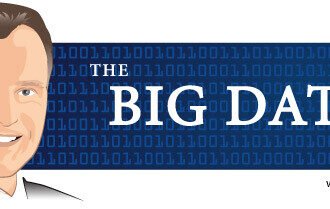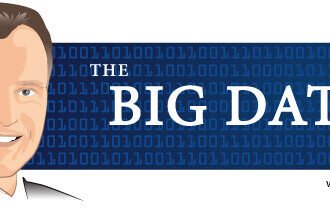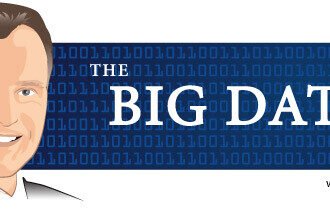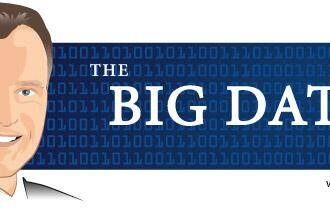
Big data use in business is all about helping us to solve problems. It’s about using the wealth of information that is available to us to find answers that will help us work more efficiently, using less resources and creating more value.

Big data use in business is all about helping us to solve problems. It’s about using the wealth of information that is available to us to find answers that will help us work more efficiently, using less resources and creating more value.
But before you start collecting and analyzing data, it’s important that you know what questions you want to answer. I always advise my customers not to simply go ahead and ‘analyze anything and everything’ simply because they can. Without clearly defined questions they are likely to get lost in the fog of irrelevant background noise, generated in a world where everything is digitized and datafied.
Here are three important business questions that big data can help to answer, along with examples of how companies are already answering them using big data.
Which of our customers are likely to buy a particular product?
Knowing who to target your marketing towards is of great value to any business. Retailers use sales records, online transactions and loyalty schemes to carefully log what their customers buy. Supermarket Tesco uses its loyalty cards to track every purchase made by their customers, so it can regularly send out discount coupons for products they frequently buy.
In the US, Walmart has taken things a step further by monitoring social media – if a customer (or a friend of a customer) mentions a product online they can use their Social Genome technology to step into the conversation and draw their attention towards a promotional discount.
One example of a very valuable insight was when the UK supermarket Sainsbury’s discovered that although one particular brand of cereal did not sell very well, it was worth stocking, because the small number of people who did buy it were almost all regular, high-spending customers.
Google and Facebook’s business model is based on its ability to match customers to products – using the detailed information it builds up on their non-paying customers (us), to allow its paying customers (advertisers) to accurately target ads at highly precise demographic groups.
And banks use their access to every detail of their customers’ finances to offer products to the most appropriate customers – high interest savings accounts and investment products to the wealthy, and low-interest consolidation loans to those not doing so well financially.
Which of our customers is most likely to leave?
Customers who are unhappy with your service are unlikely to stay customers very long. Big data offers businesses the chance to spot problems and act to remedy the situation before the damage becomes critical.
In the U.S. T-Mobile reduced its churn rate (leaving customers) by 50% in just one quarter, after analytics identified the potential of “tribal leaders”. These are individuals whose buying habits (in this case, choice of network) is highly influential among their peer-group. By spotting when customers who fit this demographic were in danger of being lost, efforts could be made to lure them back into the fold.
Further analysis revealed that another reason for customer churn was when a particular customer moves home to an area with poorer coverage, or where a competing network held a higher market share. These customers, too, were targeted with promotional offers or a free signal-boosting device.
Which of our employees is most likely to leave?
Employee churn, too, is a big expense to companies. Recruitment and training is expensive. So when Xerox set out to cut the number of staff leaving their call centres shortly after they are hired, they looked to data for the answer.
One surprising fact that they quickly turned up among applicants for the positions was that previous call centre experience was no indication they would be suitable for the job (and therefore more likely to stay with the company long term).
Analysts were instead able to draw up a comprehensive picture of the sort of person who was likely to make a long-term employee – they should be a member of 1 or 2 social networks (but no more), be creative rather than inquisitive, and live in an area with good public transport links.
By only interviewing prospective employees who fit this profile, Xerox cut its call centre employee churn rate by a fifth in six months.
—–
For more, please check out my other posts in The Big Data Guru column and feel free to connect with me via Twitter, LinkedIn, Facebook, Slideshare and The Advanced Performance Institute.










